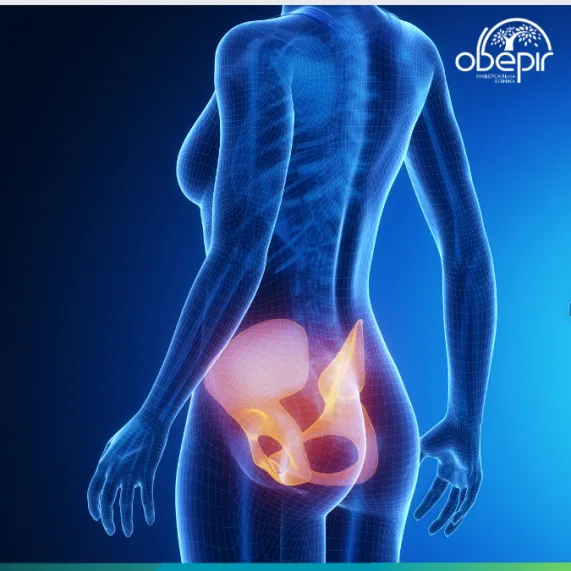Densitometry: the history of a method's discovery
1 August 2025


1 August 2025


Densitometry, or osteodensitometry, is a cornerstone in the diagnosis of osteoporosis—a disease that renders bones fragile and prone to fractures. But how did this vital method come about, and who was at its genesis?
The problem of decreasing bone density isn't new. As far back as ancient times, physicians observed that some individuals, especially the elderly, more frequently suffered from fractures that were difficult to heal. However, the causes of this phenomenon remained unclear. Only with the advancement of medicine and the advent of X-rays in the late 19th century were scientists able to peer inside the human body.
It was Wilhelm Conrad Röntgen who, in 1895, discovered X-rays, revolutionizing diagnostics. However, initial X-ray images offered only a general idea of bone condition. A method to quantitatively assess their density was needed.
The necessity of investigating bone density was driven by the increasing number of fractures, particularly in postmenopausal women, and the desire to understand why this was happening. Over time, it became clear that bone mass loss was a serious public health issue, leading to disability and even death.
In the mid-20th century, scientists actively began searching for methods to measure bone density. Early attempts relied on analyzing X-ray images, comparing them to images of reference bones. However, these methods were imprecise and subjective.
A true breakthrough occurred thanks to the work of researchers like John Cameron and James Sorenson in the early 1960s. They developed the method of Single-Photon Absorptiometry (SPA), which used an isotopic source to measure the absorption of X-rays by bones. This method allowed for more accurate data on bone tissue density in peripheral areas of the body.
Later, with the advent of computer technologies, Dual-Photon Absorptiometry (DPA) was developed in the late 1970s, followed by the modern method—Dual-energy X-ray Absorptiometry (DXA)—in the early 1990s. DXA, or DEXA, became the "gold standard" in osteoporosis diagnosis due to its high accuracy, low radiation dose, and the ability to scan central skeletal areas (spine and hip), where osteoporosis-related fractures most commonly occur.
The importance of densitometry cannot be overstated, as this examination method has made it possible to:
Early detection of osteopenia and osteoporosis before fractures occur.
Assessment of fracture risk.
Monitoring the effectiveness of osteoporosis treatment.
Differential diagnosis of the causes of reduced bone density.
Clinicians actively use densitometry to improve the lives of patients with osteoporosis. Thanks to this research, doctors can:
Timely prescribe treatment that slows down bone mass loss and reduces the risk of fractures.
Develop individualized treatment plans, considering each patient's unique characteristics.
Provide lifestyle recommendations, including diet, exercise, and supplement intake, to support bone health.
Thus, densitometry is not merely a technology, but a history of scientists' and physicians' continuous pursuit to understand and overcome the devastating consequences of osteoporosis, allowing patients to lead active and fulfilling lives.
To schedule an examination, please call: +38 044 521 30 03
